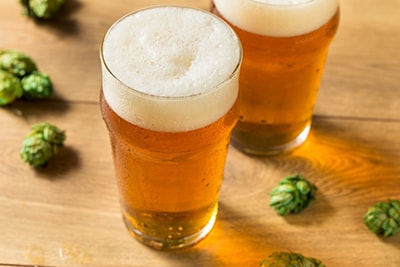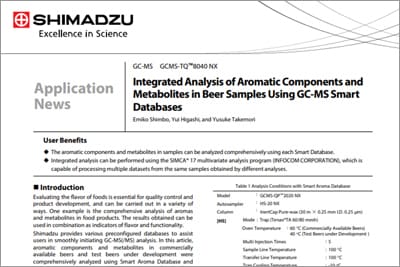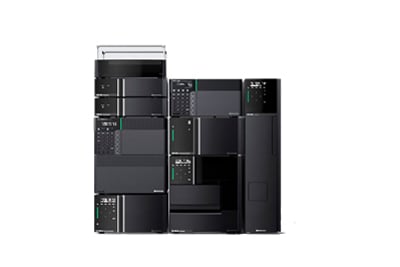AOAC-2022
Related Documents
LC-MS/MS method development for sulfites in food and beverage

Sulfites are one of the most common food additives used as antioxidants and bleaching agents in a variety of foods. Although they are very useful food additives, ingestion of products containing sulfites is known to cause allergy-like reactions. …
Multi-Residue Pesticide Analysis in Honey using GC-MS/MS

The use of honey has grown and has been adopted into consumption habits due to its high nutritional value, palatable flavor, and medicinal properties. Several reports indicate the presence of pesticide residues from different classes, mainly neonicotinoid insecticides, organophosphates and pyrethroids in honey. …
Quantitation of Ethylene Oxide and 2-Choloro Ethanol in sesame seeds by using dynamic headspace GC-MS/MS
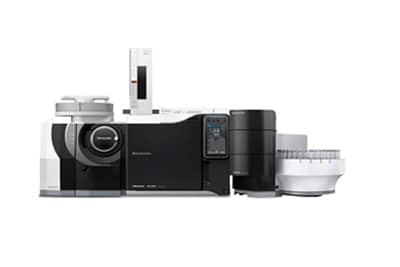
EtO is one of the most widely produced chemicals worldwide. It is colorless, odorless, flammable gaseous cyclic ether. Boiling point of EtO is 10.4 °C. It has very strong antibacterial property. Due to its small size, it shows a high diffusivity and strong penetrating properties and is thus very effective in the disinfestation or disinfection of dry food commodities. …
Speciation of Methyl Mercury and Mercury in Honey using High Performance Liquid Chromatography hyphenated with Inductively Coupled Plasma Mass Spectrometry

Mercury is a major environmental pollutant on a global scale. Its toxicity is further enhanced by bio-methylation carried out by microorganisms in air, water and soil. The resultant product of bio-methylation is methyl mercury. Due to environmental pollution, it can enter human food items like honey. …
Efficient Comprehensive Analysis of Beer Aroma by SPME Arrow-GC/MS and Smart Aroma DatabaseTM

Beer, a malted beverage loved throughout the world, is manufactured by fermenting malt, but the aroma and taste vary depending on the type of malt and fermentation method. …
Profiling of oligosaccharides and polysaccharides in alcoholic beverage using single quadrupole LC-MS

Simultaneous analysis of oligosaccharides and polysaccharides was achieved using a single quadrupole LC-MS. Up to 36-mer polysaccharides (average molecular weight 5855.09) were detected in beer as the trivalent ion (m/z 1949.63). As the results of principal component analysis and relative comparison, profiling of oligosaccharides and polysaccharides in six types of alcoholic and non-alcoholic beers was successfully performed. …
Using a Single Quadrupole Mass Spectrometer for Simultaneous Analysis of Sugars in Sugar Free Drinks

The World Health Organization recommends adults reduce their daily intake of free sugars to less than 25 g. A beverage can be indicated as sugar free if it contains less than 0.5 g of sugar per 100 mL according to Japan Consumer Affairs Agency’s Food Labeling Standard. …
Widely targeted metabolomics of 142 hydrophilic compounds in beer using liquid chromatography-single quadrupole mass spectrometer

Simultaneous analysis of 142 compounds including amino acids, organic acids, nucleic acid metabolites, and functional components was achieved using a single quadrupole LC-MS. This method was utilized for a comprehensive analysis of various metabolites related to the flavor, quality, and functionality of beers. …
Method development and Identification of Triacylglycerols species with Supercritical Fluid Chromatography and Method Scouting Software
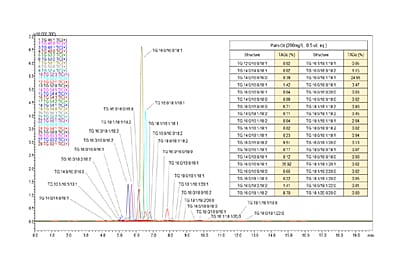
Triacylglycerols (TAGs), which are the main constituents of natural oils and fats, compose of three fatty acids and glycerol connected by ether bonds. Analyzing TAGs is essential to evaluate the quality and functionality of oils and fats. However, chromatographic separation by typical methods that include GC and HPLC might be challenging due to a large number of TAGs species. …
Online Extraction-Fractionation of Functional Ingredients from Foods using SFE-SFC System Coupled with A Fraction Collector

Lycopene, a carotenoid compound found in tomatoes, has several beneficial effects such as antioxidant effects. Thus, lycopene is attracting attention for its effects of preventing lifestyle-related diseases such as cancer and arteriosclerosis, as well as retarding aging. In some cases, lycopene may be fractionated from samples because commercial standard substances of functional ingredients are not readily available. …
Quantitative Analysis of Tocopherols in Vegetable Oils Using Supercritical Fluid Chromatography

The World Health Organization recommends adults reduce their daily intake of free sugars to less than 25 g. A beverage can be indicated as sugar free if it contains less than 0.5 g of sugar per 100 mL according to Japan Consumer Affairs Agency’s Food Labeling Standard. …
Webinar
Green Analytical Chemistry (GAC) is a concept of designing analytical methods that are friendly to both chemists and environment. It is necessary for the GAC-based methods to retain the same analytical performance (e.g., accuracy, sensitivity) as those by their conventional counterparts. Large solvent consumption is particularly concerning in a food analysis where complicated sample extraction and chromatography are routinely practiced. Supercritical fluid is a state of matter just like gas or liquid, and the characteristics of CO2 supercritical fluid are nonflammability, easy handling, and low toxicity, which are relevant to the operator safety. This webinar will show the characteristics of supercritical fluids CO2, the practicality of analytical techniques using it, and the applicability to GAC.
Analyzing Triacylglycerols (TAGs) is essential to evaluate the quality and functionality of oils and fats. Chromatographic separation by typical methods that include GC and HPLC might be challenging due to a large number of TAGs species. Supercritical Fluid Chromatography (SFC) is one chromatography method that uses supercritical fluid (i.e. supercritical carbon dioxide) as a mobile phase. Here, we introduce the workflow of method scouting of SFC using Method Scouting Solutions and how to establish the optimized analytical method for TAGs species in natural oils and fats.




